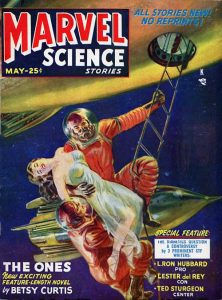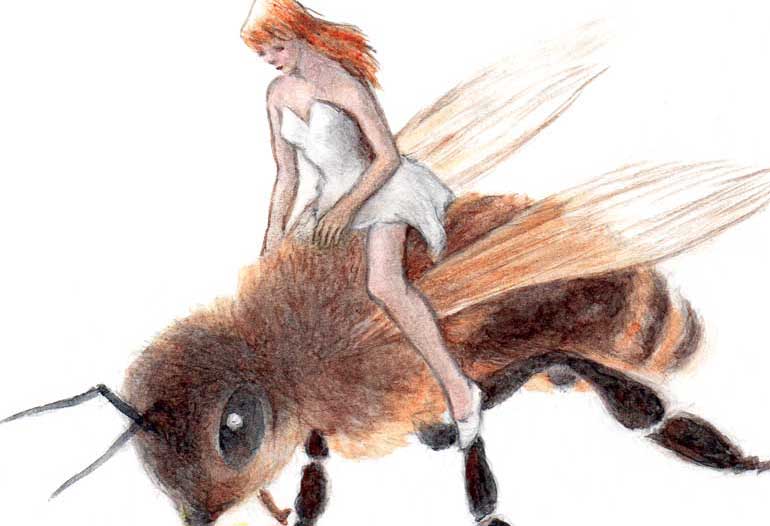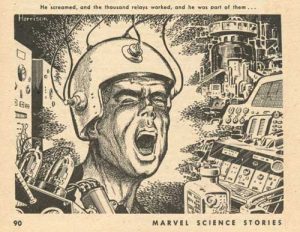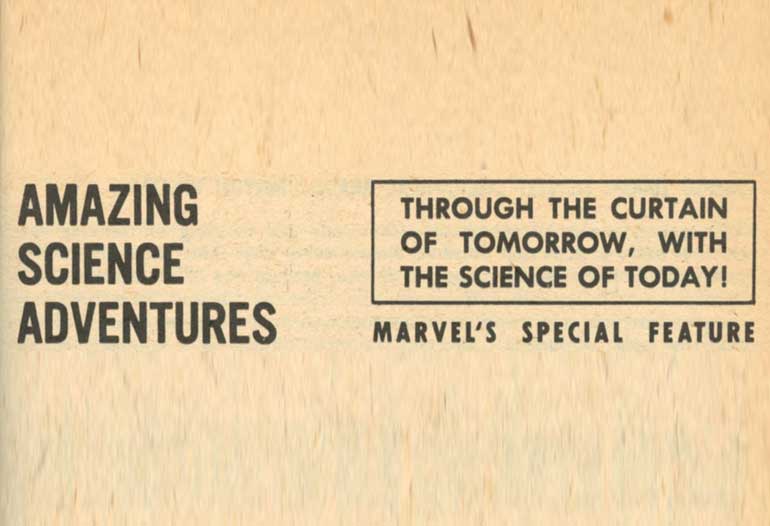The special feature in Marvel Science Stories, May 1951, on “The Dianetics Question” begins with the following introduction:
“CONTROVERY is the life-blood of intellectual development, and all too often, publications take one side or the other, from bias, advertising pressure, or just plain fear. MARVEL dedicates itself to the honest presentation of those arguments which rage throughout the science-fiction field. Each issue will see a forum by leading writers in the field, presenting their opinions on the issue. It is up to you, the readers of MARVEL SCIENCE, to let us know which topics you would like to see your favorite writers battle out. Get those letters in now!”
The pro stance is supplied by L. Ron Hubbard himself in “Homo Superior—Here We Come.” Hubbard devotes about half of his four pages in offense to Lester del Rey’s essay and half on the improvements in confidence and emotional well-being of several Dianeticists.
A noteworthy endorsement interrupts Hubbard’s presentation in bold text:

Theodore Sturgeon’s neutral stance is addressed only in passing by Hubbard, “. . . all we ask
is the kind of honest skepticism which you display, Mr. Sturgeon.”
Sturgeon’s contribution, “How to Avoid a Hole in the Head” is mostly an admonishment to keep an open mind until you understand a subject well enough to criticize or endorse it.
It’s clear from Lester del Rey’s “Superman—C.O.D.” that he’s highly skeptical of Dianetic’s claims. But his criticism is presented logically and he’s open to proof if only the organization will provide it.
After nine pages, none of the arguments changed anything for me, but I did learn a bit more about the still controversial subject . . . .
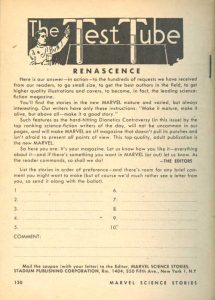 A final word on Marvel Science Stories, May 1951:
A final word on Marvel Science Stories, May 1951:
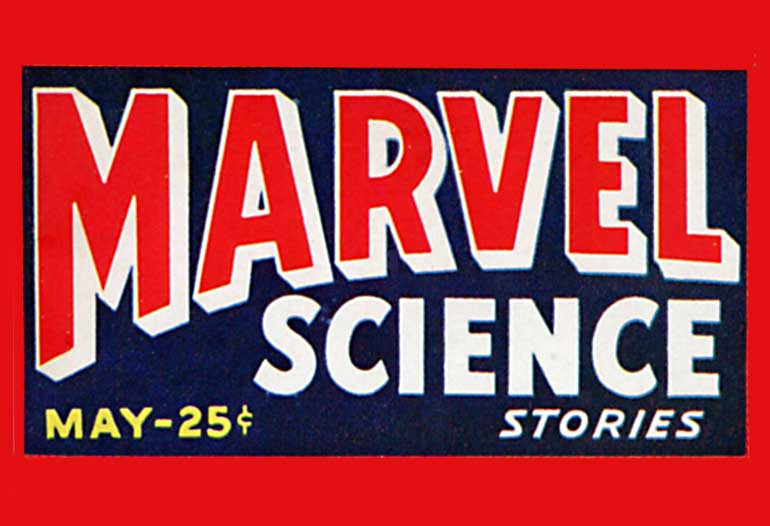
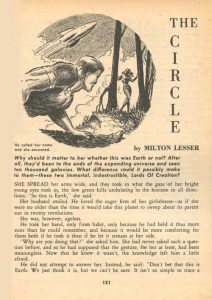 The final story in Marvel Science Stories, May 1951:
The final story in Marvel Science Stories, May 1951:

